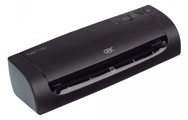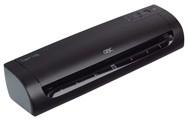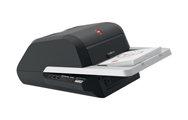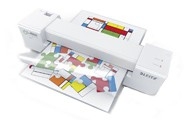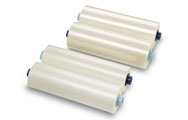Whether you're laminating occasionally at home or need a professional machine for daily use, we’ve got you covered. Our range includes entry-level laminators for light tasks and advanced models for businesses and schools. Choose from A3 or A4 laminating models and a wide variety of laminating pouches types and sizes.
We also offer our
own brand A4 laminator, delivering excellent value compared to other models on the market. Get high performance at a great price!
Why laminate your documents?
A laminator applies a durable plastic layer to your documents, protecting them from damage while enhancing their appearance. With matte or A4 glossy laminating pouches, you can create professional, polished results perfect for menus, posters, safety sheets, and more.
-
Durability: Protects documents from wear, spills, and creases.
-
Professional Appearance: Gives a polished, high-quality finish.
-
Cost Savings: Reduces reprinting costs by extending the lifespan of materials.
-
Quick and Easy: Laminators heat up quickly, saving time.
By laminating, you create sturdy, long-lasting documents that look great and stand up to regular use.
Choosing the right laminator for your needs
| Laminator Size |
Best Uses |
Who Uses It |
|
A4 Laminator
|
Standard documents like certificates, ID cards, and flyers.
|
Home users, offices, and small businesses. |
| A3 Laminator |
Larger materials such as posters, educational charts, and menus. |
Teachers, creatives, and businesses. |
| A2 Laminator |
Oversized documents like signage, blueprints, and plans. |
Architects, designers, and print shops. |
Key factors to consider when choosing a laminator
- Document size – A4 for standard use, A3 for larger materials.
- Pouch thickness – Thicker pouches offer more durability.
- Warm-up time & speed – Faster machines save time for frequent users
- Additional features – Look for jam prevention, adjustable temperature, and auto shut-off.
Hot vs. cold lamination – Hot laminators provide a stronger seal, while cold laminators are best for heat-sensitive materials like photos.
Who uses laminators
Laminators are versatile tools used in various settings. Offices and businesses rely on them for reports, signage, manuals, and promotional materials. Schools and teachers use laminators to preserve lesson plans, visual aids, and student projects. Design professionals, including architects and creatives, laminate portfolios, blueprints, and presentations. Home users also benefit from laminators for protecting photographs, keepsakes, household documents, and craft projects like bookmarks. Whatever your needs, a laminator makes it easy to protect and enhance your important documents.
Laminating pouches: what you need to know
The quality of your laminated documents depends on the laminating pouches you use. These come in various thicknesses (measured in microns) and sizes:
-
Standard Thickness: 2x75 or 2x80 microns for flexible, everyday use.
-
Thicker Pouches: Offer extra rigidity and are ideal for heavy-duty applications.
Each laminator supports a specific pouch thickness range, so check the specifications of your machine before buying. Sizes range from A4 and A3 to small card-sized pouches, with both glossy and matte finishes available to suit your style.

TIP!
Don’t forget to pair your laminator with high-quality laminating pouches for the best results.
Other useful products
Common questions
What is a laminator?
A laminator is a device that seals documents in a plastic layer, protecting them from damage and enhancing their appearance.
How does a laminator work?
Laminators use heat to melt adhesive on laminating pouches, sealing the document inside. Simply place the document in the pouch and feed it through the laminator.
Which laminator is best for me?
For light home use, we recommend the Rexel Style Laminator. For frequent or heavy-duty use, the Leitz iLAM Office Laminator is ideal.
Can I laminate anything?
Yes! From documents and posters to bookmarks and craft projects, the possibilities are endless. Laminators are also great for creating ID cards, menus, and visual aids.
What’s the difference between hot and cold lamination?
Hot lamination uses heat to seal PET film around a document, while cold lamination uses adhesive PVC film, ideal for heat-sensitive materials like photos.
What laminating pouches do I need?
Choose pouches based on your laminator’s supported thickness and size. Standard A4 laminating pouches (2x75 microns) are versatile, but thicker pouches are ideal for heavy-duty applications.
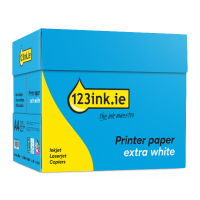

.png)







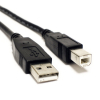
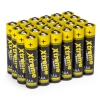
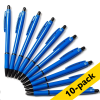

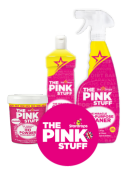

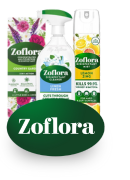
.png)
